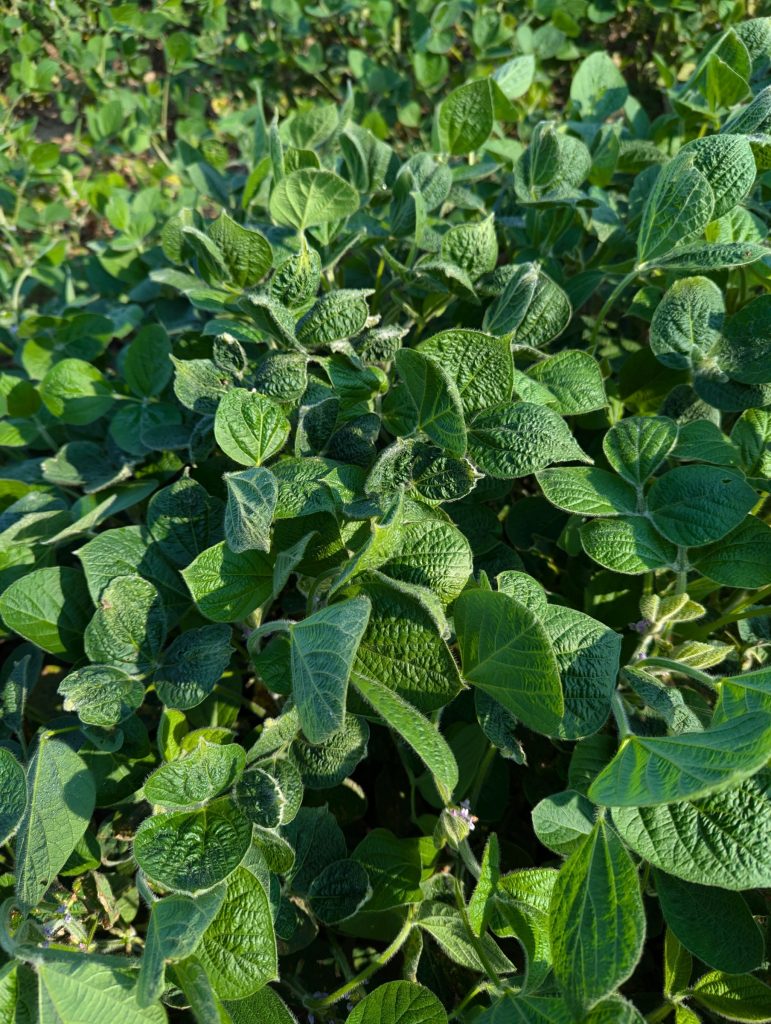
View weather and climate conditions this week in Wisconsin
Here are this week’s take home points about the weather, scroll down for the full report:
Current Conditions
- Areas of southern and western WI received multiple inches of rainfall last week, adding to monthly totals already well above normal. River levels along the IL state line are in flood stage.
- Warmer conditions made a return last week, with highs reaching the 90’s at some locations in the state.
Impact
•Soil moisture levels are in high percentilesdue to a very wet summer thus far; ~60% adequate moisturereported for topsoil and subsoil.
•Corn silking is well underway and is ahead of normal pace, but soybean bloom is falling behind normal pace.
•GDD accumulation since April 1 is near or above 1000 units statewide.
•Both crops saw a decline in the percent in good to excellent condition last week.
Outlook
•A drier week (0.1” or less of precip) is forecasted for most of WI over the next 7 days.
•Higher likelihood to stay warmer-than-normal heading into the latter half July, with near-normal precip.
•The warmer-than-normal conditions have a higher probability to continue through the summer into early fall with a La Niña pattern taking shape.
What does this mean for you? Here are some things to consider for your farm this week:
Crop Development
•Soil moisture is adequate or even high in most places. Be cautious about trafficking fields during muddy conditions to avoid rutting. Remember, compaction occurs when soil water content is at, or slightly above, field capacity!
•As we are at the end of planting season, consult your crop insurance agent before making decisions regarding prevent plant or replant
- Cover crops(non-corn) on prevent plant acres may now be harvested as forage at any time during the season
- See info on alternative forages and cover crops
•Hot days mean accumulations of 20+ GDUs per day. Keep on top of your growth stages to time other applications. Growth stages are highly variable around the state so focus on where your crop is at as opposed to blanket time of year recommendations.
Nutrient & Herbicide Applications
•Consider doing tissue testing and pre-sidedress nitrate testing to assess fertilizer needs.
•Consider splitting nutrient applications if possible
•Consider using urease and nitrification inhibitors to minimize leaching or denitrification.
Manure Applications
•Runoff risk is lower this week. Plan manure applications accordingly. Check the DATCP runoff risk advisory forecast here.
Pest Management
•Variegated cutworm is showing up in parts of the state Sign up to receive text alerts when pests are in your region here.
•Start to monitor for potato leafhopper pressure in alfalfa, additional information on management here.
•Japanese beetle emergence is underway, see here for management information.
•Take fusarium and DON risk into account when harvesting wheat, more information here.
•As crops near reproductive stages, assess risk of tar spot and white mold, information available here.
•If soybeans have been stressed from moisture, monitor extra closely for disease and insect pressure.
Forage Management
•The wet spring has meant mixed results for new alfalfa seedings. Read more here.
•Ensure wide swaths when mowing alfalfa to increase rate of drying and harvest sooner, reducing risk of rain damage.




